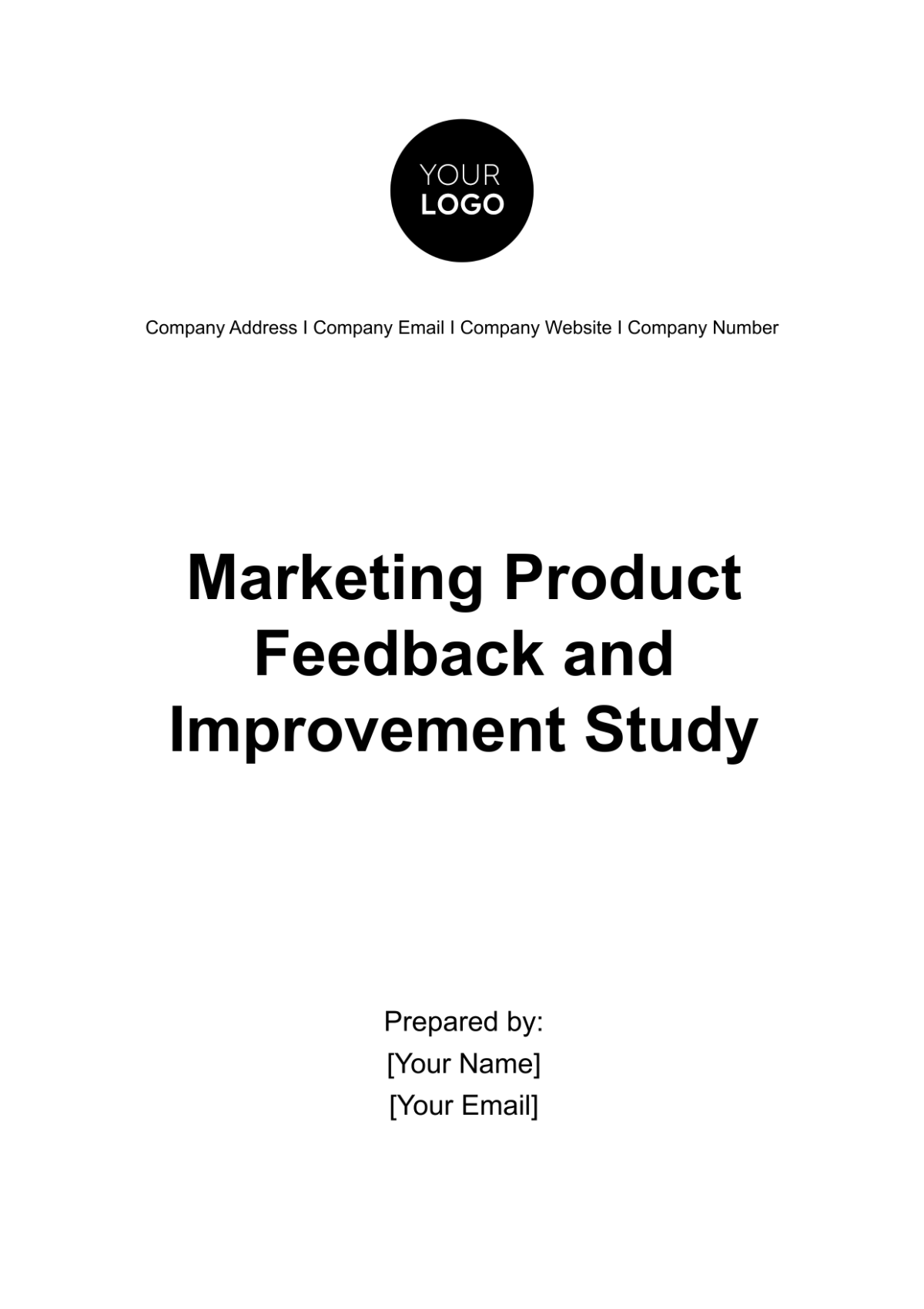Free Marketing Product Feedback and Improvement Study
Introducing the Marketing Product Feedback and Improvement Study Template from Template.net! Enhance your product strategy with this customizable tool. Editable within our AI Editor Tool, it facilitates personalized feedback analysis. Seamlessly delve into consumer insights, crafting actionable improvement plans effortlessly. Empower your marketing efforts with this essential resource for refining product performance.






























